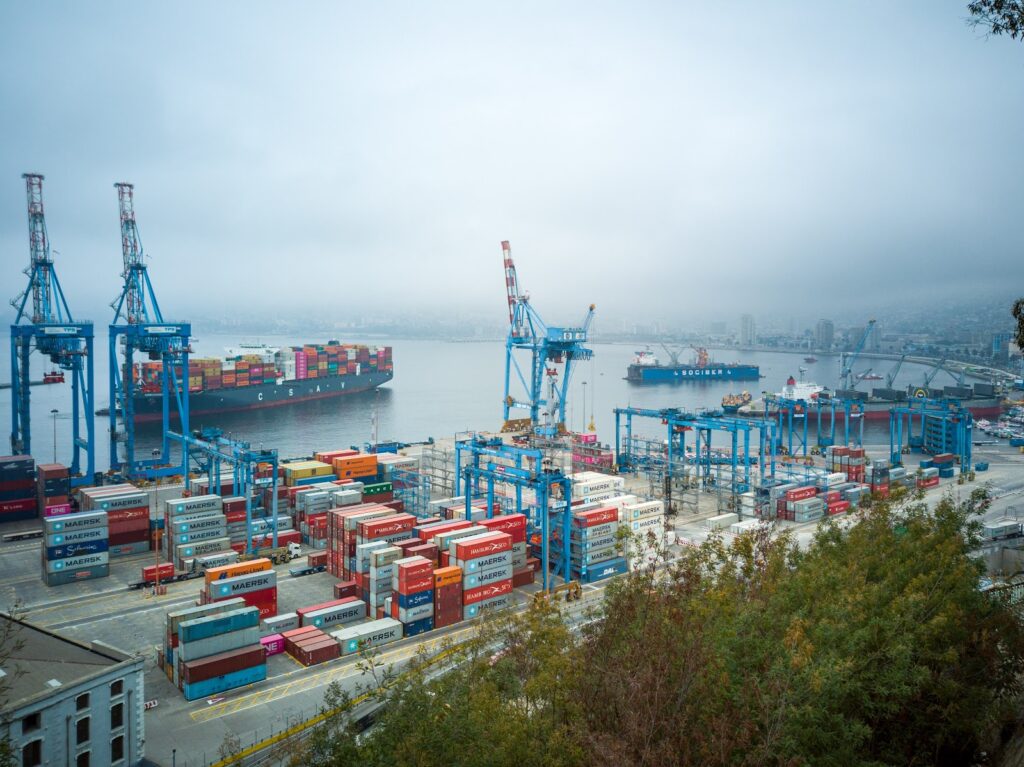
Let’s face it, supply chains aren’t broken — they’re severely outdated. Gone are the days when all that mattered was being quick and cheap. Now, being tough, tech-savvy, and ethical weighs a lot. Under the lens today: how the pandemic imposed lasting changes that reshaped the way we get things from A to B, as well as the future of supply chains as we know them.
Table of Contents
1. Supply Chain Resilience Matters More
There’s no doubt the COVID-19 pandemic changed the way we look at supply chains. Sure, they still have to be fast and cost-effective, but the big word on everyone’s lips is “resilience”, which is why businesses are now spreading their bets. Once relying on a single supplier, most likely overseas, businesses are now branching out to find local alternatives.
This diversification of supply chains started as a proactive response to pandemic-related disruptions and today serves as a safety net or a backup plan. If one supplier faces a problem, others can fill the gap, allowing businesses to maintain the flow of goods and services without hiccups.
Another way companies seek resilience in their supply chains is by stocking up more than before. With extra inventory, they can be ready for unexpected bumps in the road, such as sudden demand spikes or supply shortages. In essence, the new mantra for supply chains is being ready for anything.
Pandemic lesson #1 in supply chain management: Don’t put all your eggs in one basket.
2. Digital Transformation on the Rise
Digital transformation is no longer a buzzword, but rather a huge part of staying ahead. The thing is, the pandemic made a lot of things unpredictable, and businesses, big and small, had to adapt quite rapidly to changing conditions.
Strong business leaders, like East West Bank chairman and CEO Dominic Ng, have helped navigate these challenges. How? With a proactive and forward-thinking approach that demands innovation and a willingness to adapt. One of the key solutions: embracing digital technologies.
The truth is that companies can better respond today with advanced AI-powered tools that help predict market trends, as well as by using blockchain to track products from factory to shelf. Now you know exactly where your product is, down to the minute, and you can predict a demand spike before it happens.
Being smart with your supply chain was always nice to have. The only difference is that this has become essential — and technology helps you get there.
Pandemic lesson #2 in supply chain management: Embrace technology to stay flexible and informed.
3. Sustainable and Ethical Practices Take Center Stage
Disruption is the dark side of the pandemic coin. On the other hand, brightness has brought sustainability and ethics into the spotlight. How? People spent more time online and had greater access to information about how products are sourced and manufactured.
Now, consumers and investors alike are calling for businesses to be more responsible about where and how they get their products. This shift in their interests and priorities is irreversible, and companies that may have been tempted to make a quick buck are investing in long-term relationships with suppliers that share their values on sustainability and ethics.
Pandemic lesson #3 in supply chain management: A supply chain is only as strong as its most ethical link.
Changes in Supply Chains Are Here To Stay
While the pandemic accelerated some changes in global supply chains, it’s now clear that they are here to stay. What we’re seeing today is supply chains that are innovative, tough, and ethical to the core. And, with innovation at the forefront, businesses of tomorrow will be ready for any hurdles that come their way — at least, along the supply chain.





